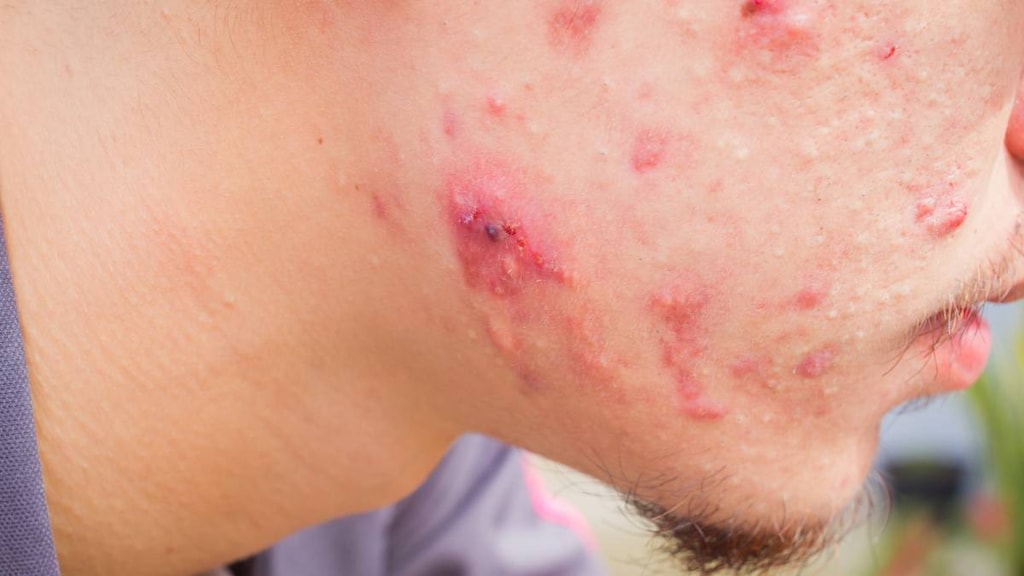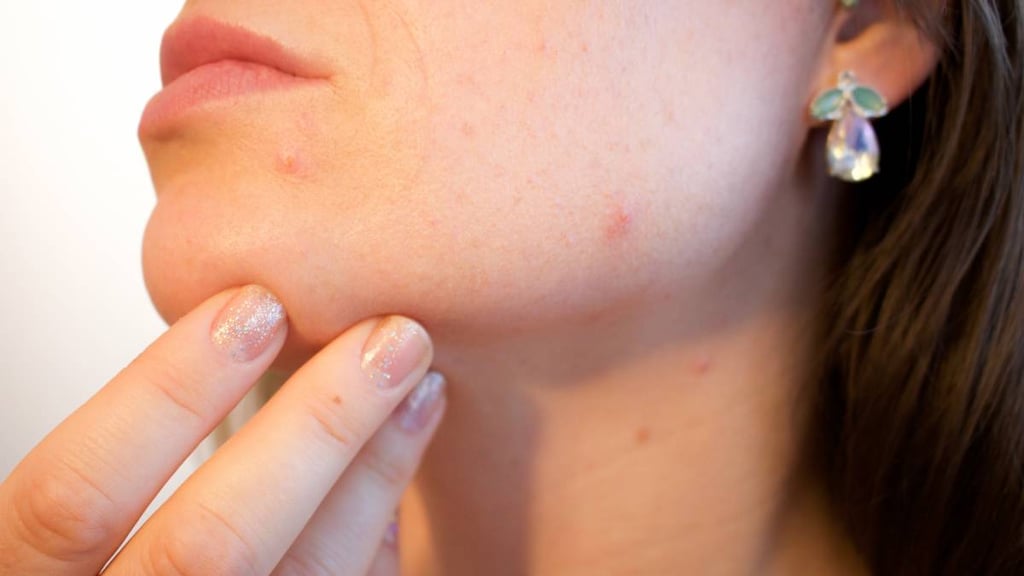Dosage Forms
Excipient information presented when available (limited, particularly for generics); consult specific product labeling.
Ointment, External:
Altabax: 1% (15 g, 30 g)
Pharmacology
Mechanism of Action
Primarily bacteriostatic; inhibits normal bacterial protein biosynthesis by binding at a unique site (protein L3) on the ribosomal 50S subunit; prevents formation of active 50S ribosomal subunits by inhibiting peptidyl transfer and blocking P-site interactions at this site
Pharmacokinetics/Pharmacodynamics
Absorption
Topical: Low; increased when applied to abraded skin; age dependent; absorption highest in younger patients
Infants and Children 2 to 24 months: Overall, in trials, 46% of subjects 2 to 24 months of age had measurable serum concentration compared to 7% of those ≥2 years. Within the 2 to 24 month age group, the aggregate of infants 2 to 9 months had a higher proportion of patients with measurable serum concentration than those aged 9 to 24 months (69% vs 32%)
Children ≥ 2 years, Adolescents, and Adults: Low; increased when applied to abraded skin
Metabolism
Hepatic via CYP 3A4; extensively metabolized by mono-oxygenation and di-oxygenation to multiple metabolites
Protein Binding
~94%
Use: Labeled Indications
Impetigo: Treatment of impetigo due to Staphylococcus aureus (methicillin-susceptible isolates only) or Streptococcus pyogenes in adults and pediatric patients 9 months and older.
Contraindications
There are no contraindications listed in the manufacturer's labeling.
Dosage and Administration
Dosing: Adult
Impetigo: Topical: Apply a thin layer to affected area twice daily for 5 days (maximum; total treatment area should not exceed 100 cm2 total body surface area).
Dosing: Geriatric
Refer to adult dosing.
Dosing: Pediatric
Impetigo: Note: Total treatment area should not exceed 2% of total body surface area or 100 cm2 total body surface area, whichever is less.
Infants 1 to <9 months: Limited data available: Topical: Apply to lesions twice daily for 5 days (Stevens, 2014); Note: In trials, infants 2 to 9 months of age had higher systemic exposure than older pediatric patients, monitor closely for systemic effects.
Infants ≥9 months, Children, and Adolescents: Topical: Apply to affected area (lesions) twice daily for 5 days
Administration
Topical: For external use only; not for intranasal, intravaginal, ophthalmic, oral, or mucosal application. May cover treatment area with sterile bandage or gauze dressing if needed. Wash hands after application if the hands are not the area for treatment.
Storage
Store at 25°C (77°F); excursions permitted between 15°C and 30°C (59°F and 86°F).
Drug Interactions
CYP3A4 Inhibitors (Strong): May increase the serum concentration of Retapamulin. Management: Avoid this combination in patients less than 2 years old. No action is required in other populations. Monitor therapy
Adverse Reactions
1% to 10%:
Central nervous system: Headache (1% to 2%)
Dermatologic: Eczema (infants, children & adolescents: 1%)
Gastrointestinal: Diarrhea (1% to 2%), nausea (1%)
Local: Application site irritation (adults: 2%), application site pruritus (infants, children & adolescents: 2%)
Respiratory: Nasopharyngitis (1% to 2%)
<1%, postmarketing, and/or case reports: Angioedema, application site burning, application site pain, contact dermatitis, epistaxis, erythema, hypersensitivity reaction, increased creatine phosphokinase
Warnings/Precautions
Concerns related to adverse effects:
- Skin irritation: If sensitization or severe local skin irritation occurs, wipe ointment off and discontinue use.
- Superinfection: Prolonged use may result in fungal or bacterial superinfection, including C. difficile-associated diarrhea (CDAD) and pseudomembranous colitis; CDAD has been observed >2 months postantibiotic treatment.
Other warnings/precautions:
- Appropriate use: For external use only; not for intranasal, intravaginal, ophthalmic, oral, or mucosal application. Concomitant use with other topical products to the same treatment area has not been evaluated.
Pregnancy
Pregnancy Considerations
Retapamulin has limited systemic absorption following topical administration. Use during pregnancy is not expected to result in significant exposure to the fetus.
Patient Education
- Discuss specific use of drug and side effects with patient as it relates to treatment. (HCAHPS: During this hospital stay, were you given any medicine that you had not taken before? Before giving you any new medicine, how often did hospital staff tell you what the medicine was for? How often did hospital staff describe possible side effects in a way you could understand?)
- Have patient report immediately to prescriber burning, redness, severe skin irritation, edema, oozing, bleeding, or skin sores (HCAHPS).
- Educate patient about signs of a significant reaction (eg, wheezing; chest tightness; fever; itching; bad cough; blue skin color; seizures; or swelling of face, lips, tongue, or throat). Note: This is not a comprehensive list of all side effects. Patient should consult prescriber for additional questions.
Intended Use and Disclaimer: Should not be printed and given to patients. This information is intended to serve as a concise initial reference for health care professionals to use when discussing medications with a patient. You must ultimately rely on your own discretion, experience, and judgment in diagnosing, treating, and advising patients.




